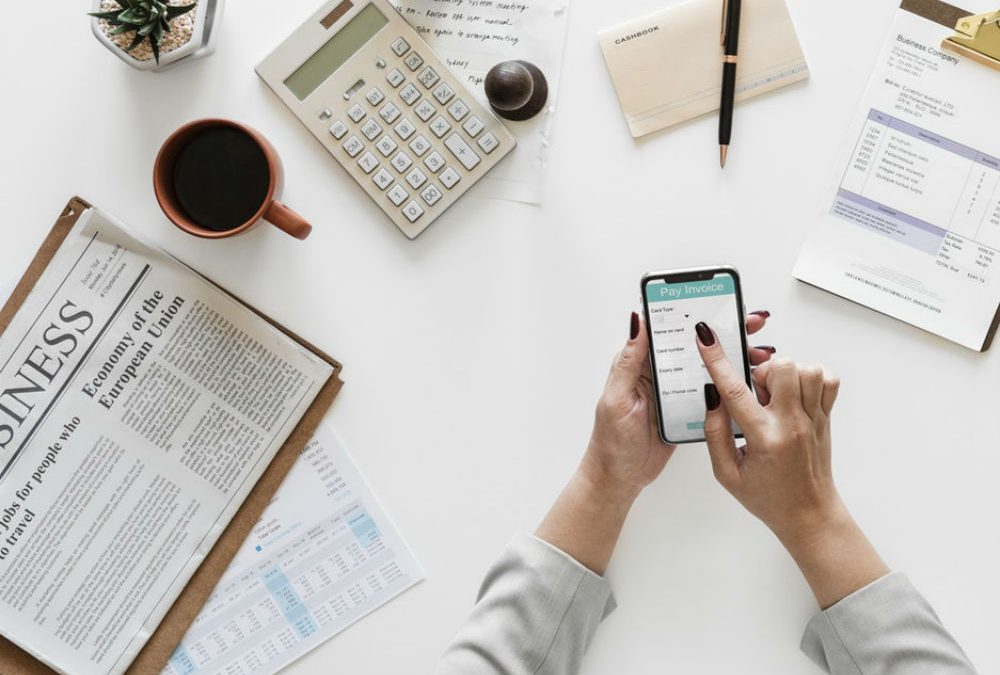More and more consumers find the Bill Pay service offered by their financial institutions behind time. The user experience appears to be outdated in the new digital age where Facebook, Amazon and PayPal set new standards in the online and mobile world. An onslaught of new Fintech companies with well-designed mobile experiences are raising the experience bar to a new level.
Most consumers, especially millennials are looking for simplicity, convenience and control when it comes to their personal finances and Bill Pay happens to be an important part of it. Unfortunately, banks and credit unions don’t fully know how to get out of the old technology mire and innovate from scratch. Without any action, they are finding that consumers are flocking to biller sites to pay their bills.
This is evident from a research recently published by the Aite Group. They found that 73% of the bills today are being paid on the biller sites. This number has jumped almost 3-fold in 5 years when bank bill pay was commanding the lion shares of the bill pay market and was the preferred way to pay all bills.
So, what changed and what is so special about the direct to biller payment option?
The big change is that most billers now have websites that accept payments directly from their customers. It allows consumers to create an online account with them so they can login and pay their bill in real time. Now the user can wait until the last minute to pay without having to worry about late fees and penalties. Bank sites on the other hand require you to initiate the payment a few days in advance – typically 3 to 7 days depending on whether it’s an electronic payment or a check payment in case the biller is not in their network.
Billers also offer a summary of the bill, full bill details, the latest PDF statement and payment history. Financial Institutions are nowhere close to offering this type of information although more and more banks are beginning to make eBills available for their customers. However, the eBill information is mostly limited to the payment due date and the amount due. If you want to see the full PDF statement, you have to remember your credentials to login to the biller site, navigate to the right page on the site and view the PDF bill. Needless to say, this is not convenient.
In addition, most billers give you the option to pay the bill using a credit or a debit card or a bank account. Compare that to your financial institution offering where your only option is to use your checking account. Consumers like to use credit cards to pay their bills for multiple reasons – first they earn reward points or cash back. Second, it gives them additional time to pay the full amount that helps their cash flow. For some, it’s nice to have one credit card bill that acts like a consolidated statement.
Billers like the fact that their customers are paying their bill on time. That means they get paid faster which helps with their cash flow. In addition, they save on the cost of paper mails and phone calls to remind the consumer that bill is overdue.
Bill Pay is supposed to be the most engaging feature in the online/mobile banking experience. Unfortunately, it’s losing its charm because there hasn’t been any innovation or an attempt to improve the user experience that bank customers and credit union members desire and expect in the new digital era.
To solve this problem, financial institutions need to re-imagine bill pay from a consumer perspective, take a holistic view of consumer’s financial life and incorporate bill pay into the overall financial wellness program. In my next blog, I will discuss what that means and how the financial institutions can win the customer engagement battle.

